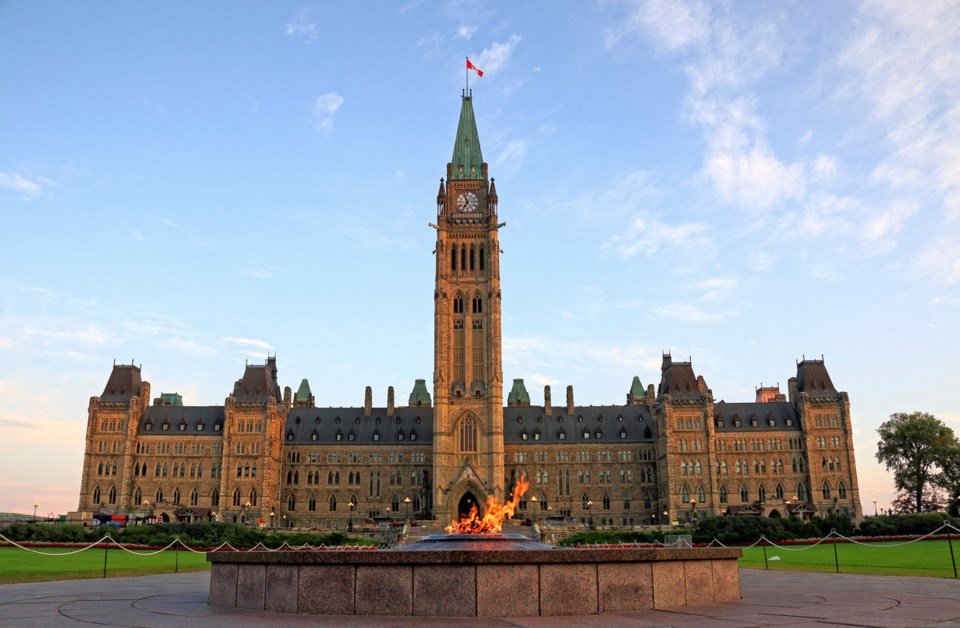In just a few weeks, Canadians will participate in the country’s 43rd federal election. Some candidates have already started to knock on doors to discuss why they want to represent their communities in Ottawa. We have already seen billboards discussing policy positions, and the moderators for the televised debates have been announced.
Politicians all over the world like to say that the election that is just ahead is “the most important ever.” This year in Canada, there are several factors that make this statement particularly compelling.
The election of Donald Trump in the United States has given way to a new era of rancorous partisanship on Facebook and Twitter. We have many examples of supporters of a specific party completely ignoring “Issue A,” while supporters of a different party pretend to behave like “Issue A” is the most important revelation in history.
But in spite of the radicalism that social media suggests, few British Columbians are intimately and unreservedly aligned with federal political parties. Most voters in the province look at specific options and go from one party to the next.
In the last five Canadian federal elections, the Conservatives had their largest share of the vote in British Columbia when they earned their only majority mandate (46% in 2011) and the lowest in the last election fought under Stephen Harper (32% in 2015).
The Liberals were unable to crack the 30% mark in 2004 and 2006 (29% and 28% respectively), fell to fewer than one in five votes in 2008 and 2011 (19% and 13%) and rebounded to 35% under Justin Trudeau in 2015.
The New Democrats swung between 25% and 29%, climbing up to 33% in Jack Layton’s last election as leader in 2011. These fluctuations are very different from what is observed in the rest of Western Canada, where one party usually dominates solidly against all others.
Research Co. asked British Columbians about specific issues related to federal politics this month, and the results outline a great deal of skepticism. Just one in four residents (24%) believe “most federal politicians actually care about what happens to people like me.” British Columbians aged 55 and over (30%) are less cynical than those aged 35 to 54 (24%) and those aged 18 to 34 (18%).
Only two in five British Columbians (40%) think “most federal politicians are trying to do the right thing.” While practically half of baby boomers (49%) appear to endorse the morality of those seeking a seat in the House of Commons, only 27% of the youngest group of voters concur.
It is not surprising to see that more than seven in 10 British Columbians (72%) believe “most federal politicians have to follow the party line and have little to no autonomy.” This is an issue where those aged 18 to 34 are not as “offended” (57%) as those aged 35 to 54 (73%) and those aged 55 and over (84%).
Almost three in five British Columbians (58%) think “there is currently no federal political party that truly represents my views.” Across the province, we find a third of residents (33%) who disagree with the statement, including 13% who “strongly disagree.”
Finally, when asked if “voting should be mandatory in all Canadian federal elections,” 57% of British Columbians agreed and 35% disagreed.
Dejection with the current state of affairs can manifest itself in several ways. The fact that many millennials are dissatisfied with the independence of federal politicians, and very few believe they actually care about what happens to people like them, could lead to a lower voter turnout. We must remember that young voters were instrumental in giving the Liberal Party its best showing in British Columbia in the last federal election (35%) since 1968.
The survey shows a province that is not exceptionally motivated heading into a federal election, but this is nothing new. There are always reasons to be upset with the incumbent government, and the allure of the opposition parties may not be enough to move the public into the “time for change” mode that was pinpointed at the provincial level in 2017.
In any case, this is precisely what the campaign is for. When the writ was dropped in 2015, it began with discussions on how a government under polling frontrunner Tom Mulcair would function in Ottawa and deal with issues like the Canadian Senate. It ended with Justin Trudeau forming a majority government, and his party going from two to 17 seats in British Columbia.
Mario Canseco is president of Research Co.
Results are based on an online study conducted August 7–August 10, 2019, among 800 adults in British Columbia. The data has been statistically weighted according to Canadian census figures for age, gender and region in British Columbia. The margin of error, which measures sample variability, is plus or minus 3.5 percentage points, 19 times out of 20.



